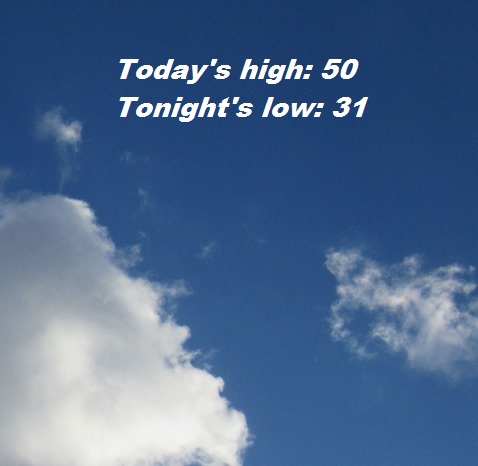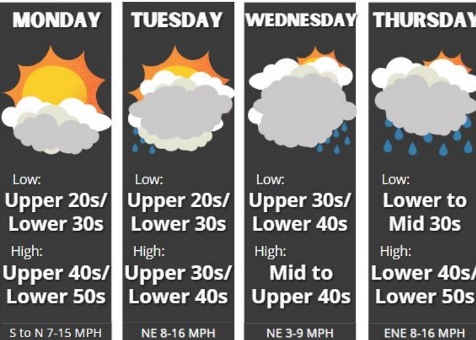by Casey Quinlan, Kansas Reflector
Starting next month, a $35 cap on insulin prices will go into effect for millions of Medicare recipients. The lower pricing is one of the first of several policy measures Americans will see in the coming months and years under the Inflation Reduction Act signed into law in August.
The bill also requires pharmaceutical companies to pay Medicare rebates for drugs where prices surpass inflation for Medicare Part D and mandates that the government negotiate drug prices on some prescription drugs for people who have Medicare — the first time Medicare has been given that power.
While it’s unclear how many people will ultimately benefit from the various changes, 49 million people are enrolled in Medicare Part D plans, according to the Kaiser Family Foundation.
The Medicare Part D rebates began in October. That same month, Medicare also began paying more for some biosimilar drugs to create more competition, lower the cost and improve access to those drugs for consumers.
Biosimilars are drugs that are very similar to an existing drug, and have an average sales price that isn’t higher than the other drug.
The insulin cap that goes into effect next month benefits Medicare Part D recipients, who also no longer have to meet a deductible on their insulin.
A $35 cap on insulin pumps for Medicare Part B recipients goes into effect July 1, according to the Centers for Medicare and Medicaid Services.
Richard Frank, senior fellow in economic studies and director of the University of Southern California-Brookings Schaeffer Initiative on Health Policy, said there are a couple reasons that the law reduces the cost for insulin before other measures.
“The whole history of health reform in this country is that you really want to try to frontload real benefits to real people. And insulin, because of the relative technical simplicity, is a great place for that right away. You give sick people who really need the help, and where there’s been a lot of crazy cost-sharing for patients, earlier, so the benefits of the legislation start to become apparent pretty quickly,” he said.
Medicare patients spent $1 billion on insulin in 2020, according to Kaiser Family Foundation, and an estimated 16.5% of people with diabetes rationed their insulin in the past year, which can be extremely harmful to their health, according to an Annals of Internal Medicine article published in October.
But the Health and Human Services Department’s process for negotiating drug prices will take much longer. This process will apply to certain types of drugs, including biologics, or drugs that come from biological sources like sugars or proteins that don’t have generic or biosimilar competitors, or brand-name drugs where the company holds the patent, known as single-source drugs. Here’s the timeline:
• In September, Centers for Medicare and Medicaid Services will list the 10 Part D drugs whose negotiated prices will take effect in 2026. Negotiations begin in October and end in August 2024, according to Kaiser Family Foundation’s timeline.
• Another round of negotiations for 15 Part D drugs starts in February 2025 and ends November 2025, with prices to take effect in 2027.
• The negotiation process for 15 Part D or Part B drugs starts in 2026 and prices will go into effect in 2028.
• In 2027, 20 Part D or Part B drugs will be announced and in 2029, those prices will hit consumers.
• In 2028, 20 more Part D and Part B drugs would be chosen to be fully implemented in 2030.
• The last round of 20 Part B and D drugs prices would be seen in 2031.
“The bill is designed to have Medicare negotiate for the drugs that have the highest aggregate spending, so it really does give you the most bang for the buck,” said Emily Gee, vice president and coordinator for health policy at the Center for American Progress.
The price changes should start to have a real impact on Americans in 2026. “They’ll get roughly a 30% haircut on that deductible portion of their drug in a lot of cases. Most people would notice that,” Frank said.
According to an analysis of the impact of the Inflation Reduction Act from the Center for American Progress, an elderly middle class couple living in Pittsburgh, where one person is diabetic and takes insulin, could save $575 on insulin each year starting next year, and as much as $2,430 each year for their household — because of the $2,000 limit on annual out-of-pocket costs — beginning in 2025.
How will pharma respond?
A U.S. Department of Health and Human Services report released in September showed drug companies increased prices for several drugs by more than 500% between 2016 and 2022, and some experts worry that pharmaceutical companies could find loopholes in the new law.
Juliette Cubanski, deputy director for the program on Medicare policy at the Kaiser Family Foundation, said there may not be very much drug companies can do to stop from being selected for the first negotiation process at this point. But in general, they could try to put up barriers to implementation, such as raising legal challenges against the law. Cubanski said one other response could be higher launch prices for new drugs.
“That’s just one of those side effects from this legislation that we can’t really control in this country because we don’t have any sort of organized approach to setting the price of drugs the way that other countries do,” Cubanski said.
“The Inflation Reduction Act provisions are expected to be helpful at constraining the growth in drug prices for existing drugs, but doesn’t have any provisions in it to limit the level at which drug prices are set for new drugs coming to market.”
The government can only negotiate for drugs that have been on the market for a certain number of years – nine years for small molecule drugs, typically pills, including some cancer treatments, and 13 for biologics, which use living cells and are difficult and more expensive to manufacture.
“I think there is an effort by pharmaceutical companies to bring innovative products to the market because there is, I think, a recognition among the pharmaceutical industry that that is where they have kind of the upper hand in prices and price negotiations — when we’re talking about drugs that are truly unique and innovative and don’t have competitor products,” Cubanski said.
She added that the possibilities of how drug companies could respond are largely unknowable at this point, however, because there is still so much to be done on the policy level.
They could also try to take their financial burden to the private insurance market or use citizen petitions to try to halt generic drugs from being approved by the FDA, at least for a while, NBC News reported.
Gee said she sees those messages about cost-shifting or raising launch prices as a scare tactic from pharmaceutical companies and said there isn’t really anything holding them back from raising prices now.
“But there’s very little discipline for them now because the market is so concentrated,” she said. “If they could raise their price another $10, why wouldn’t they do that now? It’s hard to see why they would be leaving money on the table today.”
Kansas Reflector stories may be republished online or in print under Creative Commons license CC BY-NC-ND 4.0
See more at https://kansasreflector.com/2022/12/04/heres-when-drug-prices-will-start-to-decrease-for-medicare-recipients/.


